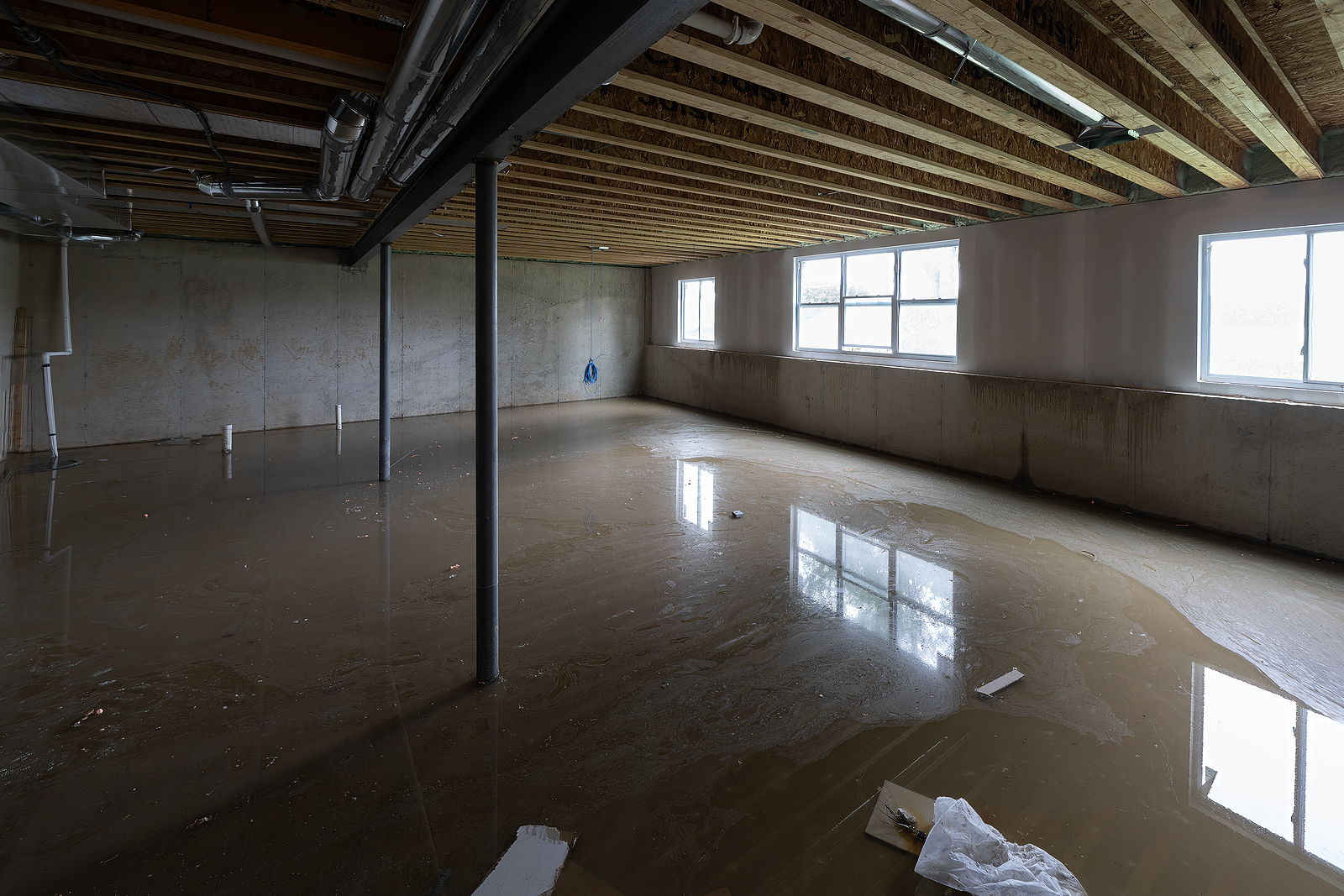Protect Your Home Against Water Damage

When buying homeowners insurance, it’s tempting to decline coverage against water damage. If your home’s plumbing is in good condition—and you don’t live in a flood plain—you might think it’s a good idea to spend that money elsewhere.
But every day, at least one water main breaks in New York City, despite significant water system improvements in recent years. And with 7,000 miles of aging water mains—nearly 40% of NYC water mains were laid before 1941—the city has made progress but can’t replace them fast enough to prevent frequent breaks.
This doesn’t even account for water damage from sewer backups, flooding, melting ice and snow . . . You get the picture. In short, passing on insurance against water damage can lead to big headaches and bigger bills down the road. Fortunately, many policies and riders that protect against common water-related problems are inexpensive
Before water damage or flooding occurs, learn what a policy will and won’t cover. When it comes to insurance protection, the details matter.
Water Damage: Standard Homeowners Policy
In a standard homeowners policy, the source of the water is important when determining whether water damage is covered. Most homeowner insurance policies cover water damage that originates inside the home, such as a water leak from plumbing or an overflowing appliance, but there are (always!) exceptions.
The key consideration—beyond the origin of the water—is whether the damage was sudden and accidental or slow and gradual. A burst pipe, for instance, usually falls in the former category and is covered. Gradual damage, however, is generally categorized as “wear and tear” and thus excluded from coverage, making maintenance especially important.
Supplemental Water Damage Coverage
Water damage is one of the most frequent causes of homeowners insurance claims, behind wind and hail. Below are common perils and how you can protect yourself against them.
- Water main break. This coverage is not provided with a homeowner’s policy, which can be a surprise to a policyholder. This protection can often be added as a rider.
- Leaks and burst pipes. As mentioned above, line leaks and breaks that happen quickly are generally covered by a homeowner’s policy. Slow leaks, however, are considered a maintenance issue and, therefore, typically aren’t covered without a rider.Check out these tips on winterizing pipes to prevent leaks and burst pipes.
- Water backups. You may want to purchase a rider to protect against water backups and overflows from a sewer, drain or sump pump. The good news is that this highly recommended protection is common and inexpensive.
- Service line coverage. This type of protection covers repairs to the pipes and electrical wires leading to your home—not the damage caused by the flood or overflow. Homeowners can buy inexpensive additional coverage that would, for example, pay if tree roots clog a sewer line.
- Floods. Flood insurance is provided by the federal government through the National Flood Insurance Program (NFIP). This insurance covers flash flooding, storm surges, mudslides and snowmelt.
Keep in mind that every water damage and flood situation is different and often unique to your home. Water-related coverage depends on the cause and source of the water, including what causes the water to enter the property. To ensure you have the right protection, consult a knowledgeable insurance agent or broker.
If you have any questions about insurance or your current insurance policy, or if you would like a free insurance review, please call us at 877-576-5200.

